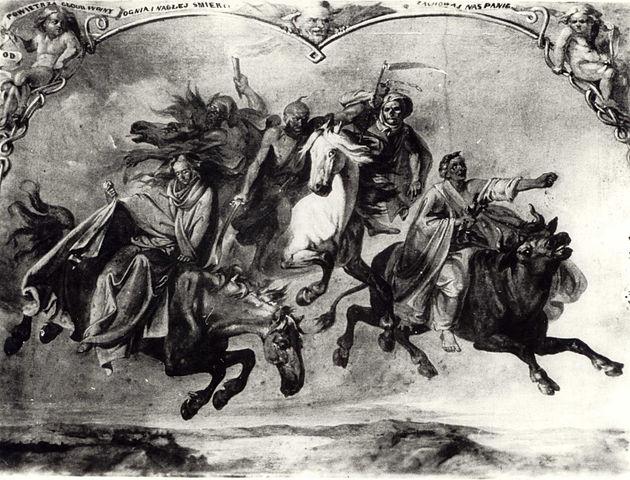In a recent post I explored the “share economy.” The ease of sharing information is important in this “new” model but the sharing of experiences is at the heart of its power and future success. And so art is ripe with opportunity to reap value from the share economy.
Art, after all, is about experience. The performance at the theater, the show at the bar, and the installation in the gallery are about emotion, connection and our gut and brain being stimulated. We understand them as “experience”. They are not about owning. However, visual art work can also be more than something that matches our sofa. The value of art as an object is heightened when we see it as something to be experienced and an experience to share. It is a tangible asset that could be circulated with the emergence of the share economy. Within the life cycle of a work of art and the art itself there is opportunity for sharing!
Here are three of the assets I see available for sharing in the arts community!
The expected shared asset: Space
The Copy Cat building in Baltimore’s station north neighborhood is a classic re-purposed industrial building with fantastical spaces. The white walled gallery of Maryland Art Place can seem sterile but it is strikingly intimate. The Baltimore Museum of Art is a trove of architectural wonder. Art is created, displayed, sold and resides in beautiful spaces. These spaces are for a variety of reasons beyond the reach of some of the general population who could do amazing things in them. What would happen if information were made available about the space and others were given the opportunity to use the space for distinctive events. Dine by candle light next to the recent installation of an up and coming Baltimore artist. Stay at the Copy Cat bed n’ breakfast. Host a power lunch in the sculptor garden. Through the exchange, the “host” comes out a winner with greater exposure (and revenue), the guest comes out a winner with memorable experience. The challenge is finding the right price.
The expected asset (that requires a marketplace): Works
Most artist are holding onto a large supply of work in their studio. For a variety of reasons the work just resides in storage. What would happen if artists created a structure for people to experience their work without the risk of owning it? What would happen if artists shared their work, in a similar fashion to how someone shares their bedroom on AirBnb? I think new patrons would emerge and unrealized revenue sources might sustain more of our creative class.
Museums have expansive archives of work that collect dust more than capture the imagination of the population. Space constraints, expectations of supporters, and lack of “majority” interest in the work keeps the artifacts in mothballs. What if the works were digitized and made accessible? What if reproductions were prominently posted in public places? What if the work were physically shared with individuals/institutions that could assume the risk? What if a market place emerged to share works that has captured imagination for centuries? I think new information would emerge about the history of mankind. I also think “ownership” of the institution would expand in size and financial value. Much of this is already happening with large art institutions; I think it needs to happen on a broader scale.
The under utilized and unexpected assets: Minds
A very important transition for me from engineer to art promoter was relationships with artists. What sparked my keen interest in the class of people was intelligent conversation. Artists, curators, historians and theorists know information about humanity in the same way scientists, mathematicians, and engineers know information about the physical world. What would happen if we sought to share these minds? What could we experience if we paid for these unexpected relationships to enter into conversations about commerce, social change and the future? There are a number of time banks emerging, but artist time seems to be missing. If artists, curators, art historians and art theorists could share their knowledge more frequently I think unexpected outcomes that exceed expectations would be more common.
The assets of our artists and art institutions are ripe with potential to add value to the people who currently posses them AND the people who could share them. As marketplaces emerge for these creative assets to be shared, I think society might experience some new and powerful outcomes.

